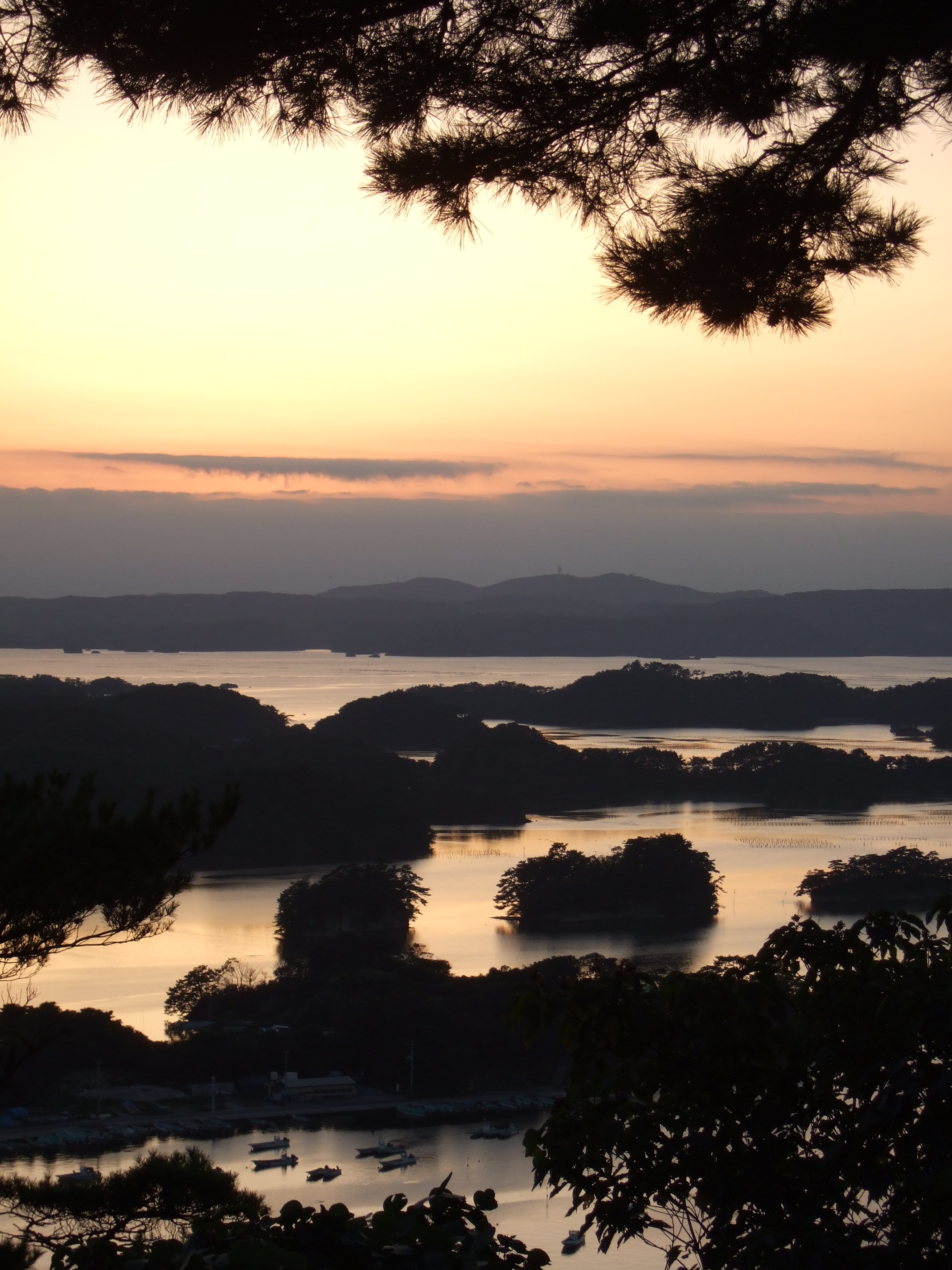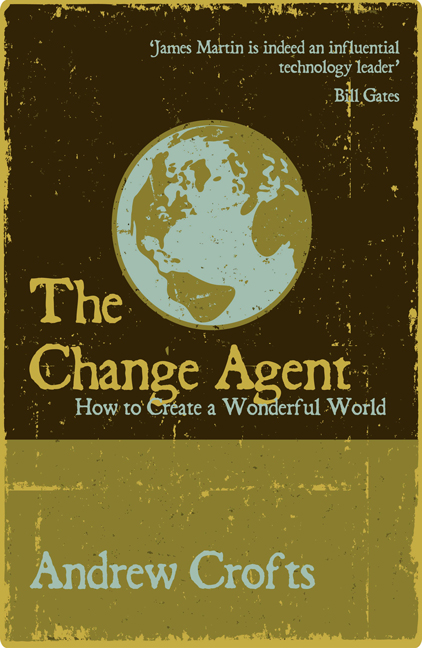The 8.9 to 9.0 magnitude earth quake that occurred on March 11, 2011 off the coast of Sendai and the tsunami that followed had a devastating effect on the entire country. The loss of human life is a terrible tragedy.

The famous Matsushima bay near Sendai - one of Japan's most scenic spots. The tsunami most likely will have caused devastation to the villages along the bay, to the islands as well as the oyster farms in the area. Image by David Ooms via flickr.
Seeing in particular the destruction in the area around Sendai is painful. As before and after satellite images of villages in the area show, this is the worst hit region of Japan.
Last spring I had the opportunity to visit Sendai, and met a lot of wonderful people there, particularly also from Tohoku University in Sendai.
Tohoku University, a world-class institution whose research I have highlighted before, is located at the foot of the hills that surround Sendai, sufficiently far away from the tsunami. From what I hear the buildings there are safe. The university websites came back online again today. Still, I can only hope that staff and students are all safe.
In a time like this, we all need to show our support for the Japanese people. From thousands of miles distance, the most immediate we can do is to support those professional institutions that are equipped to deliver immediate humanitarian aid.
Here are some selected institutions, and I am sure there are others, too. Please be generous with your help!
Continue reading...

Photo by UncaughtException via flickr.
This week Science magazine has an interesting special issue on scientific data, covering a variety of topics from data backup and data visualization to open data. It seems these contributions are free to access for registered user of their web site, and it certainly is worthwhile to have a look.
The editorial in particular lays out Science’s policy on open data. Sharing scientific results is of course a motivation for publishing a paper in the first place. And to allow for independent verification of scientific results, the data contained in a publication has to be available and shared with other scientists. This sharing has to be done in a permanent way that guarantees access to archives also in future.
Is the data analysis traceable?
However, there is another point that hasn’t come across that strong from this special issue, but one that I also consider to be very important. And that is that data processing itself needs to be tracked, by which I mean the steps from the raw scientific data as measured all the way to the plots in a scientific paper need to be traceable. […]
Continue reading...

How do you approach the life of James Martin, a man who has given $150 million to Oxford University in what is the largest donation by a single donor for any British universities. Who has written 103 best-selling textbooks mainly in the computer sciences, who for decades has advised business and political leaders first on information technology and now on the broader challenges for humanity. The $150 million he donated to Oxford University (and $50 million more in matching funds from others) are used to support the Oxford Martin School, whose research aims to tackle these challenges of the 21st century though interdisciplinary collaboration.
In his book, ‘The Change Agent‘, Andrew Crofts, a prolific ghostwriter and author, uses two narrative streams to approach his subject from different angles. The first section of each chapter describes Crofts’ visit to Martin’s own island in the Bahamas. The second part provides biographic sketches of Martin’s life.
Chapter by chapter, both narrative streams merge into a unified description of how Martin became such a successful entrepreneur and influential thinker. We gradually understand Martin’s concerns for the challenges that await humanity, and the steps he considers necessary to the survival of our society.
[…]
Continue reading...





March 14, 2011
Comments Off on Sendai